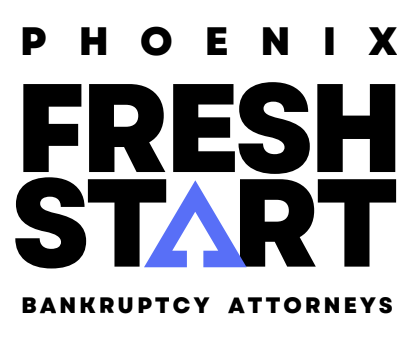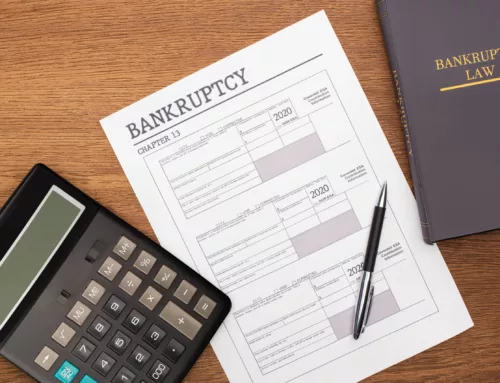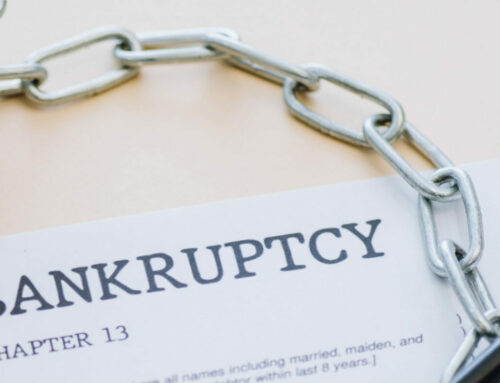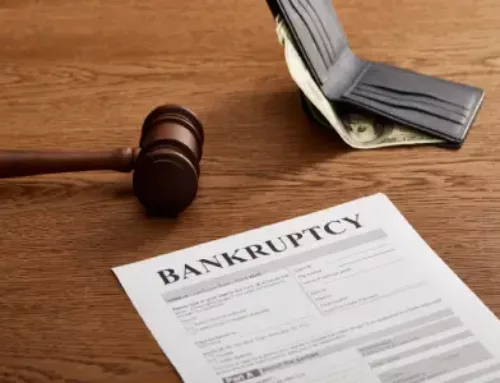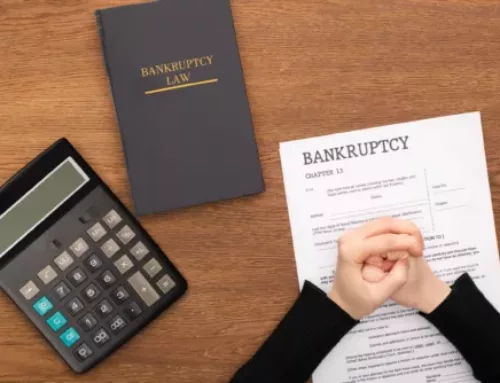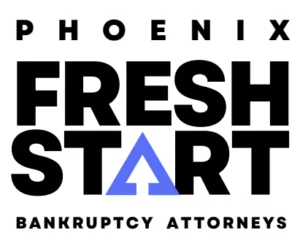For a debtor struggling with debt, declaring bankruptcy can be the debt relief solution you’re looking for. But before you can start filing bankruptcy, it’s important to know the different types of bankruptcy and how these bankruptcy types can address your financial concerns. Read on to learn more about Chapter 7 and Chapter 13 bankruptcies.
What’s the difference between personal and business bankruptcy?
Before discussing the two types of personal bankruptcy, it’s important to first differentiate it from business bankruptcies. An individual or married couple can file for personal bankruptcy under either Chapter 7 or Chapter 13. Sole proprietors can also file bankruptcy since their assets are considered personal. However, a business bankruptcy filing is limited to Chapter 7, and cannot file bankruptcy through Chapter 13.
What is Chapter 7 bankruptcy?
Chapter 7 or liquidation bankruptcies are the most common type of bankruptcy filed by debtors. As the name implies, a Chapter 7 bankruptcy filing involves liquidating your nonexempt property to pay off a portion of your debt and repay your creditors. According to bankruptcy laws, the bankruptcy trustee assigned to your case is responsible for selling your nonexempt and distributing the proceeds as repayment to an unsecured or secured creditor.
Since a Chapter 7 bankruptcy discharge can discharge most consumer debts and eliminate your liabilities at the end of the bankruptcy process, this type of bankruptcy is considered to be the most direct path to get a fresh start financially.
Who can file for Chapter 7?
 Not everyone can file a Chapter 7 bankruptcy. To be eligible to file for bankruptcy, you need to show that your monthly income isn’t enough to pay off your unsecured and secured debts through the means test. Means testing involves comparing your monthly income to the state median income level of a household the same size as yours. By taking your living expenses and allowed deductions into consideration, the means test will determine if your disposable income is enough to pay-back your unpaid debts.
Not everyone can file a Chapter 7 bankruptcy. To be eligible to file for bankruptcy, you need to show that your monthly income isn’t enough to pay off your unsecured and secured debts through the means test. Means testing involves comparing your monthly income to the state median income level of a household the same size as yours. By taking your living expenses and allowed deductions into consideration, the means test will determine if your disposable income is enough to pay-back your unpaid debts.
If you’re not sure if you qualify for Chapter 7, speak with a local bankruptcy lawyer to determine your eligibility given your financial situation.
What is Chapter 13 bankruptcy?
Chapter 13 bankruptcy filings are also known as the wage earner’s plan. This bankruptcy type involves the reorganization or restructuring of both secured and unsecured debt into a three-to-five-year payment plan. The amount you’ll pay in the repayment plan is usually only a portion of what you owe since you only have to plan monthly payments for your priority debt and other qualifying debt.
Who can file a Chapter 13 bankruptcy?
A debt limit is imposed for Chapter 13 bankruptcy filers. The total amount owed for both unsecured and secured debt shouldn’t exceed the corresponding state limit to be considered eligible for Chapter 13. Generally, debtors who failed the means test can convert their bankruptcy case to Chapter 13 to be able to declare bankruptcy. Others consider filing Chapter 13 bankruptcy to protect assets that aren’t considered exempt property in a Chapter 7 filing.
Which type of bankruptcy is right for me?
Understanding the difference between bankruptcy types is the first step to take if you’re considering filing for bankruptcy. Choosing which type of bankruptcy is right for you will greatly depend on your situation and what kind of debt relief you’re looking for.
If you’re unsure which bankruptcy type to file for, it’s best to talk to an experienced bankruptcy attorney. At Phoenix Fresh Start Bankruptcy Attorneys, we can discuss your options with you and help you get back on track to financial success. Call us today to schedule a free consultation!
